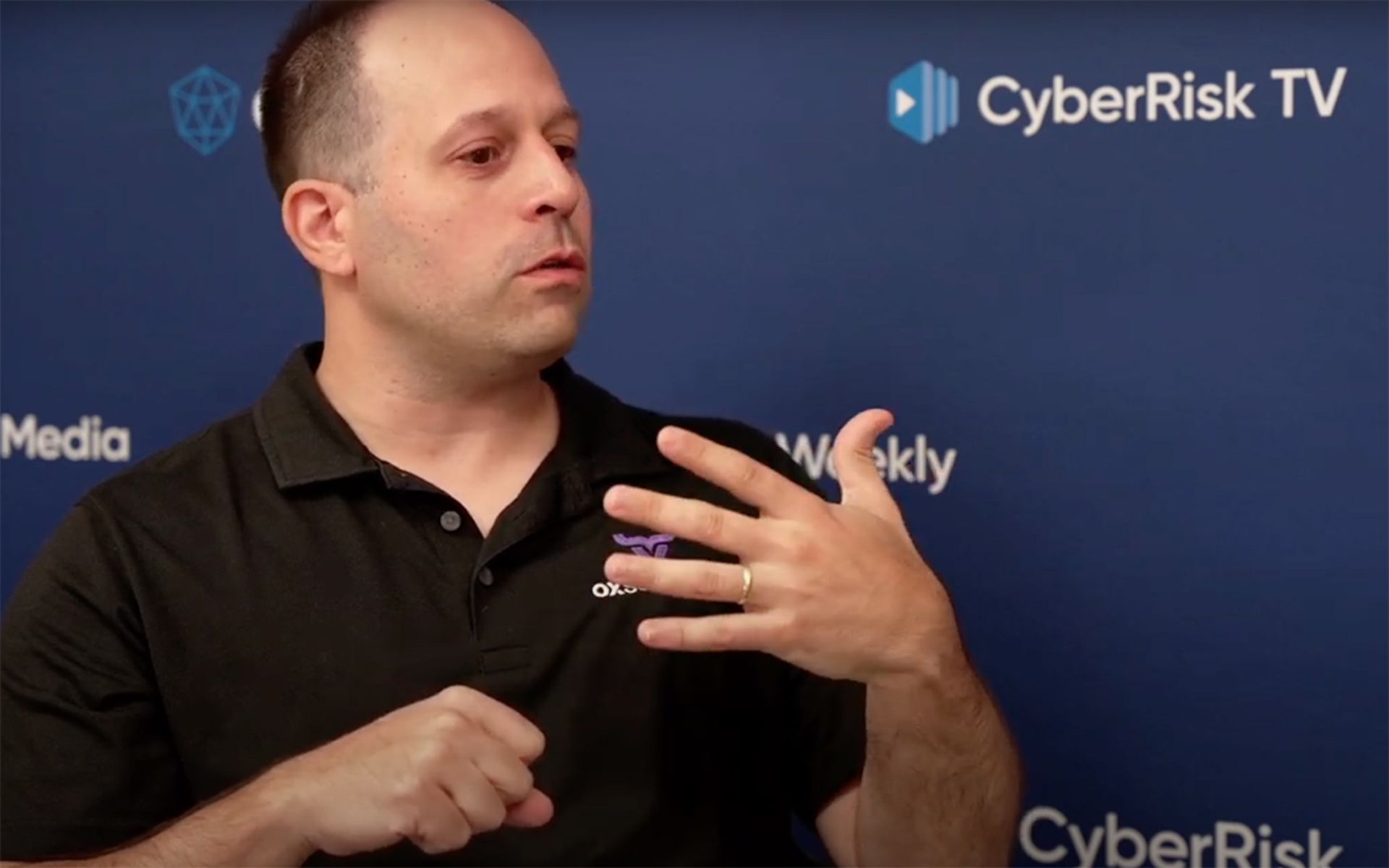It’s that time of year again – the only way I’ll ever go to Las Vegas in the dead of summer: Black Hat. As the show winds down, several important themes emerged that will shape the future of cybersecurity. From the vital role of identity and access management to the cutting-edge use of AI and the ongoing challenges of cloud security, these trends offer a roadmap for security leaders aiming to bolster their defenses. Here are five trends to keep in mind as we all go back to our organizations:
- The industry gets serious about identity.
For years, analysts and consultants have predicted large-scale transformational efforts around identity and access management (IAM). This year, that sentiment has finally resonated with practitioners. The focus for many organizations has traditionally been on the basics and organizational priorities. However, more security leaders are gearing up to bring the IAM discipline in line with the demands of the cloud era. This shift has largely been driven by the prevalence of credential compromise and identity-related attacks, which have become leading high-threat vectors.
[For up-to-the-minute Black Hat USA coverage by SC Media, Security Weekly and CyberRisk TV visit our spotlight Black Hat USA 2024 coverage page.]
The importance of IAM was underscored by numerous sessions and discussions at Black Hat. Security executives are recognizing that robust IAM practices are essential for protecting sensitive data and ensuring that only authorized users have access to critical systems. This year marks a turning point where IAM has become a primary focus for many organizations.
- Security as a shared responsibility.
One of the most notable trends at this year's show was the varied attendance. It wasn’t just security leaders. Engineering, IT, infrastructure, and technology leaders were also present in full force. This reinforces the trend that organizational security has emerged as a shared responsibility across the entire organization. The prevalence of cross-functional initiatives aimed at reducing risk while improving operational efficiency was evident throughout the conference.
Security executives are increasingly aware that effective cybersecurity requires collaboration across departments. By fostering a culture of shared responsibility, organizations can ensure that security measures are integrated into every aspect of their operations. This holistic approach enhances security and also improves overall organizational resilience.
- Normalization of AI.
AI has been a hot topic in the cybersecurity community for the past year, and while it remains a significant focus, the conversation has evolved. The initial infatuation with new disruptive technologies has given way to a deeper understanding of how security teams can incorporate Gen AI and LLMs into existing disciplines and tools. The era of AI for AI’s sake has transitioned to practical applications that enhance security operations.
At Black Hat, there was a clear shift towards exploring how teams can use AI to improve threat detection, automate responses, and enhance overall security posture. Security executives are now looking at AI not just as a futuristic concept, but as a practical tool they can integrate into their existing frameworks to deliver real-world benefits.
- Cloud security comes into focus.
As large-scale cloud migration projects that kicked off during the pandemic approach maturity, securing and understanding the cloud remains a critical priority across all levels of an organization. The impact of cloud security pioneers like Wiz was evident at Black Hat, with numerous sessions and new offerings focused on cloud security best practices.
I cannot overstate the importance of cloud security. With more organizations relying on cloud services, the need for robust security measures such as zero-trust and least privilege has become critical. Security executives are prioritizing cloud security to protect their digital assets and ensure business continuity. The conference highlighted that while significant progress has been made, there’s still much work ahead to fully-secure cloud environments.
- A focus on organizational resiliency and data security.
Organizational resiliency is now top of mind at many companies, especially those that are now dealing with the fall-out of the CrowdStrike IT outage. Security leaders are evaluating whether their existing platforms can deliver the necessary resilience and adaptability to withstand future threats.
Securing data has also become a critical focus, particularly with the increasing use of external data repositories such as Snowflake and MongoDB. These platforms play a crucial role in AI adoption and continue to house more and more sensitive data. It’s essential for teams to keep pace with evolving customer and regulatory compliance requirements. It will require dynamic and flexible approaches to access governance.
The top takeaways from this year’s Black Hat conference highlight the evolving landscape of cybersecurity. From the critical importance of IAM to the normalization of AI and the ongoing challenges of cloud security, these insights provide valuable guidance for security executives. By embracing these trends and fostering a culture of shared responsibility, organizations can enhance their security posture and better protect against emerging threats. As the threat landscape continues to evolve, staying ahead of these trends will remain essential for maintaining robust cybersecurity defenses.
Rom Carmel, co-founder and CEO, Apono
[For up-to-the-minute Black Hat USA coverage by SC Media, Security Weekly and CyberRisk TV visit our spotlight Black Hat USA 2024 coverage page.]




